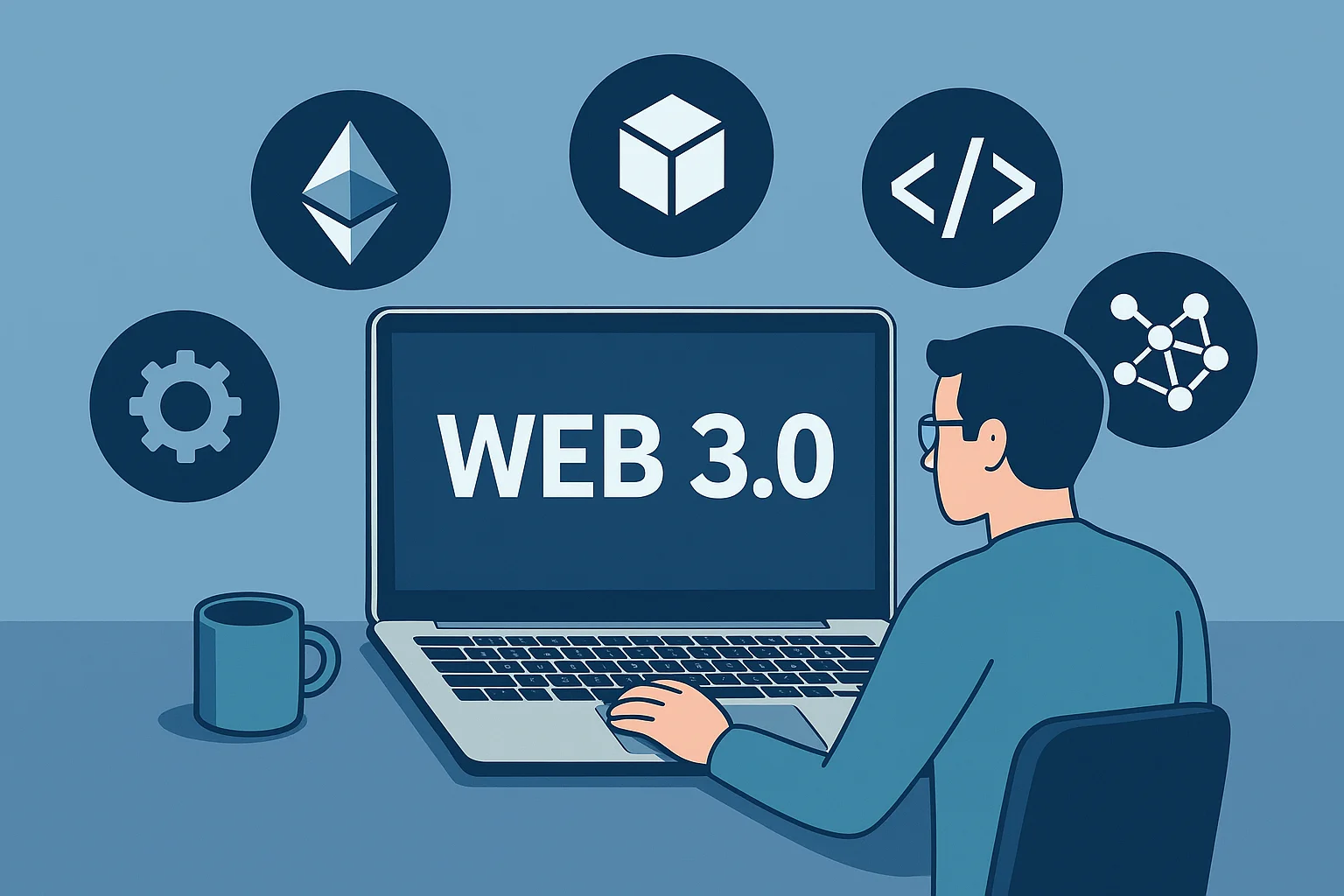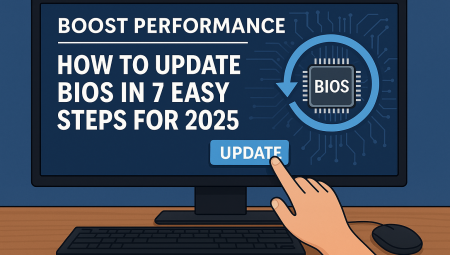The rise of Web 3.0 has transformed how developers build applications. Moving away from centralized infrastructure, Web 3.0 introduces a decentralized, user-centric, and trustless paradigm powered by blockchain, smart contracts, IPFS, and decentralized identity. If you’re a blockchain developer, startup founder, or tech enthusiast, knowing the right tools is essential for success in this ecosystem.
In this guide, we’ll break down the most powerful Web 3.0 developer tools in 2025, explain their use cases, and provide expert insights to help you build more secure, scalable, and efficient dApps.
What Are Web 3.0 Developer Tools?
Web 3.0 developer tools are frameworks, SDKs, APIs, platforms, and protocols that allow developers to build decentralized applications (dApps) that run on peer-to-peer infrastructure, utilize blockchain, and give users more control over their data.
Unlike traditional web tools, Web 3.0 tools are focused on:
- Decentralization
- Ownership of data
- Cryptographic security
- Interoperability
Why Do You Need Specialized Web 3.0 Tools in 2025?
With the Web 3.0 landscape evolving rapidly, developers face new challenges:
- Connecting with multiple blockchains
- Managing private keys and user authentication securely
- Deploying smart contracts
- Querying decentralized storage
- Ensuring privacy, scalability, and token economics
The right tools not only streamline development but also ensure security, trust, and compliance—three cornerstones of the Web 3.0 experience.
12 Essential Web 3.0 Developer Tools for 2025
1. Hardhat (Ethereum Dev Environment)
A popular smart contract development environment for testing, compiling, and deploying Ethereum-based dApps. Includes plugins for debugging and automation.
2. Foundry
Rust-based Ethereum toolchain that’s blazing fast and ideal for developers building high-performance dApps with Solidity.
3. IPFS (InterPlanetary File System)
Distributed file storage for storing assets and data off-chain. IPFS is a backbone of decentralized hosting.
4. Web3.js & Ethers.js
JavaScript libraries that let you interact with Ethereum nodes. Critical for connecting front-end dApps with smart contracts.
5. The Graph
Indexing protocol that enables fast, decentralized querying of blockchain data. Think of it as the Google of Web3.
6. WalletConnect & Web3Modal
Enable dApps to connect with crypto wallets like MetaMask, Coinbase Wallet, and others via QR code or browser extension.
7. Moralis
Backend infrastructure-as-a-service for Web3. Offers user authentication, real-time transactions, and storage support out of the box.
8. Alchemy & Infura
Blockchain node providers that give developers reliable access to Ethereum and other chains without running their own nodes.
9. Chainlink
Oracle network that brings real-world data to smart contracts. Essential for dApps dealing with external information like price feeds.
10. Ceramic Network
Decentralized protocol for user-centric identity and data streams. Perfect for managing digital identity on-chain.
11. Polygon SDK
Toolset for building scalable Ethereum-compatible sidechains. Great for building dApps with low fees and high throughput.
12. Superfluid
Protocol for real-time token streaming. Ideal for subscriptions, salaries, or DAOs that require constant payments.
Choosing the Right Tools for Your Web 3.0 Project
The ideal stack depends on:
- Blockchain type (Ethereum, Solana, Polkadot)
- dApp functionality (DeFi, NFTs, Identity, Gaming)
- Audience and geography
- Security requirements
Use combinations of tools (e.g., Hardhat + The Graph + IPFS) to build modular and secure applications. Don’t over-engineer—start lean and scale.
Pro Tips from Web 3.0 Experts
- Test smart contracts locally with Hardhat or Foundry before going live.
- Use The Graph for lightning-fast data access instead of on-chain loops.
- Don’t rely on a single wallet provider—support WalletConnect and MetaMask for maximum user access.
- Leverage IPFS for NFT metadata to ensure permanence and immutability.
- Enable gas optimization in Solidity code using optimizer flags.
- Document your contracts and APIs—transparency builds trust.
Frequently Asked Questions (FAQ)
What is the best IDE for Web 3.0 development?
Most developers use VS Code with plugins for Solidity, Web3.js, and Hardhat integrations. Some also prefer Remix IDE for Solidity.
Can I build Web 3.0 apps without blockchain knowledge?
Basic understanding is necessary, but tools like Moralis and third-party SDKs simplify many complex processes.
Are Web 3.0 tools open-source?
Yes, most tools like Hardhat, Web3.js, and The Graph are open-source and community-driven.
What’s the best way to store files in Web 3.0?
Use IPFS or Arweave for decentralized and permanent storage.
Do these tools support multiple blockchains?
Some tools are chain-specific (e.g., Hardhat for Ethereum), while others like Moralis, WalletConnect, and Chainlink offer multi-chain support.
Conclusion
The Web 3.0 era is here, and with it comes a new wave of innovation, tools, and challenges. As developers shift toward building decentralized, censorship-resistant, and user-first applications, the right toolchain becomes your competitive edge.
Whether you’re prototyping a new NFT marketplace, launching a DeFi protocol, or experimenting with identity on-chain, this curated list of tools can empower you to build securely, efficiently, and creatively in 2025.
💬 What tools do you use for Web 3.0 development?
Have you tried any tools on this list, or do you recommend others we should include? Share your experience and let’s grow the community together!



